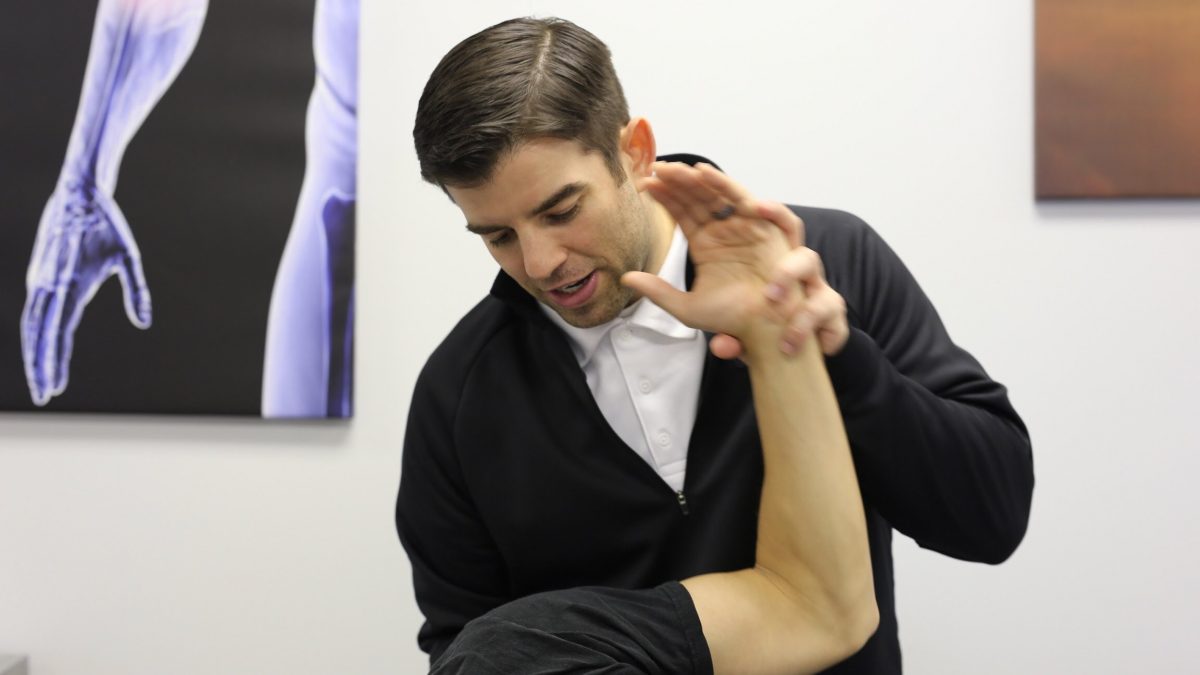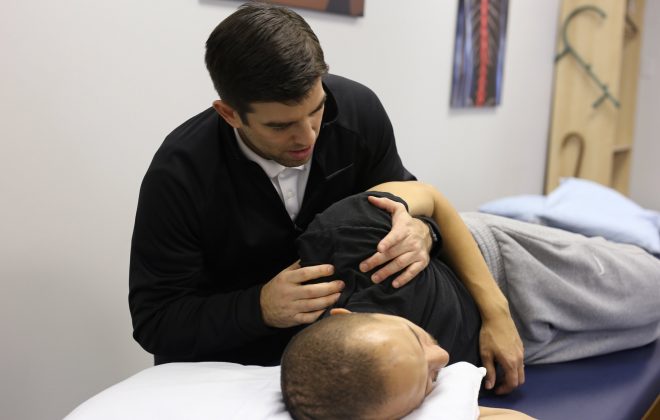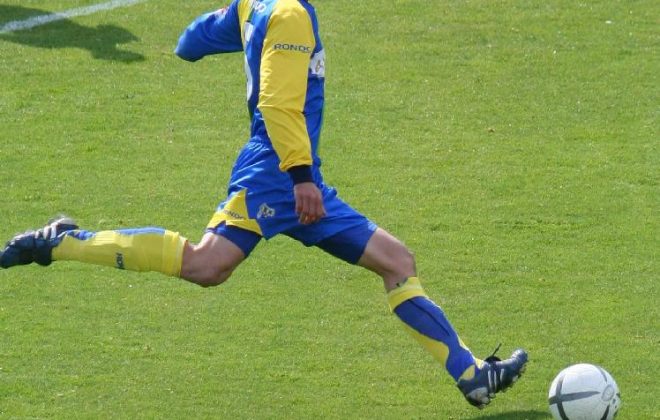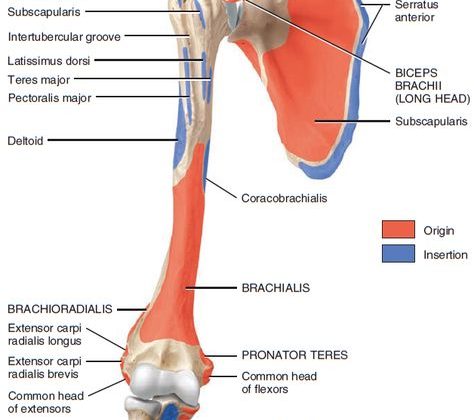What should you expect?
What should you expect from your clinician?
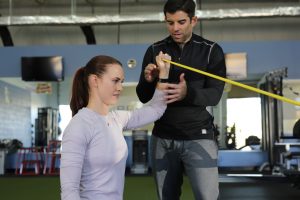
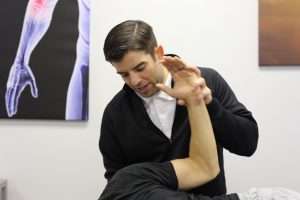
There are a lot of physical therapy clinics out there and each of them has their own nuances and methods of practice. In this first post I just wanted to get across how I go about practicing and how I feel a client should be treated in physical therapy.
First off, just like everyone else, the client should be the center of any treatment. The client has sought out the clinician so it is important not to get caught up in how the clinician can “fix” the client. Instead think about how the clinician can help GUIDE the client to their end goals and help that client learn how to maintain achievement of those goals.
Of the several different techniques, methods and algorithms that I have for different clients, there are THREE very important characteristics that clients should expect from their clinicians and what they can expect from me.
- Listen
In order to meet your goals as a client make sure your clinician ACTIVELY LISTENS to you! And for clinicians, listening will answer 75% of the questions you have if you listen properly. Too many clients have the experience of the clinician trying to make their “escape” from the room/conversation after 1-2 minutes, which leads me to my second point.
- Partnership
Treatment should also be dictated by what’s best for the client and how the client reponds, not an insurance company. For that reason, I tend to see clients for ONE FULL HOUR. This gives me the time I need to help decipher and explain what I think is going on, provide treatment and then put together a plan for the client to begin to learn how to manage their condition on their own. That last bit is where the partnership comes in to play. The types of treatment I use are experience and evidence based, manual therapy techniques and exercises (which we will talk more about in later posts). This doesn’t mean I use these methods with everyone because again treatment should always be client centered. No matter what techniques I use, I am constantly communicating with the client to choose the techniques that provide the best results and the best opportunities for the client to understand their movement.
- Get to the root
This is actually two parts. It’s not just about getting a client out of pain, but it is understanding why you are in pain in the first place. A clinician should take the time to peel back any layers that may be contributing to the client’s dysfunction, seeking out the root cause of the issue and training/educating to eliminate that cause. A lot of times clinicians can manage and eliminate symptoms without addressing the cause of the symptoms. Not until that cause is determined and addressed can we be confident in reducing the chances of that injury happening again, or helping the client understand how to manage the dysfunction.
No matter what injury: neck pain, back pain, shoulder pain, hip pain etc. I use these same principles to create a mutually trusting relationship with the goal of getting the client active again. Because ultimately we all want stay healthy and moving!
Thank you for reading my first post, it truly means a lot to me. As I continue, look for more posts discussing specific injuries, joints or body parts, training techniques etc. and if you have any questions don’t hesitate to shoot me an email. Remember some of this will be based on research and some will be my opinion, or what has worked for me. For more information, be sure to follow using one of the icons above and subscribe to the blog! I look forward to having fun and helping you learn how to stay healthy and moving.

